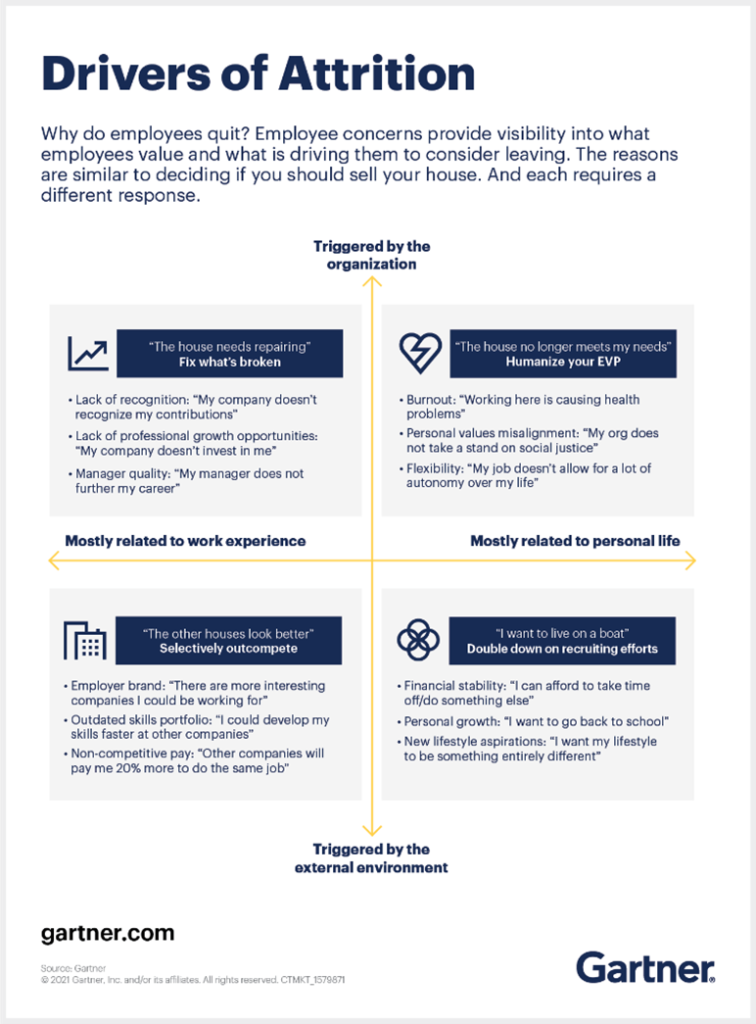This is Part Three in a series where I explore how a Lead with Learning approach to team development addresses many of the challenges organizations and leaders face. In this issue, I’m exploring leaders’ challenges in hiring and retaining the team members they need to meet their objectives and the organization’s strategic goals. I’m writing my next book, Lead with Learning, and using this newsletter to write different chapters.
Pat Hirst is the Manager, Training and Development at MacDon Industries, a division of Linamar. She is a well-established leader in learning and development, having worked in increasingly senior roles in Learning and Development. She has led a learning consulting practice, is a speaker, and a fellow author, having written the book, In A Perfect World: Interpersonal Skills for Life1.
When I interviewed Pat for my book Lead with Learning: The Case for Embedding Learning in Our Teams, she identified talent and diversity as two interrelated challenges facing organizations and leaders today. As a manufacturing organization, MacDon has always had diverse employees ranging from machine operators and technicians to supervisors and managers. Like many organizations, MacDon has multiple generations represented in its workforce. Pat talked about the different mindsets and expectations between these generations and, ultimately, the different tolerance for diversity. In addition to generational diversity, MacDon also hires people from diverse cultural and ethnic backgrounds. Training for some topics is delivered in five languages, which adds complexity from a course design perspective. Different languages and often limited English skills present a real challenge for leaders as they communicate and lead their teams.
Even though MacDon casts its net wide to hire the talent it needs for its facilities, Pat shared that they are either flooded with too many candidates for general labourers or have too few options for specific skills.
The challenges Pat shared echo the challenges many organizations face. Leaders I work with have shared two extremes. Sometimes, they are inundated with applications for some positions, making the screening process more time-consuming and still not guaranteeing they find applicants with the skills they are looking for. In other instances, they receive very few applicants, which prolongs their search. They don’t find the person they need or change their standards and hire someone who has most of the skills but isn’t the ideal candidate they’re looking for. One client at a municipality recently shared with me that they have hired an electrician—a year after starting the job search!
Why are organizations struggling to find, hire and retain the employees they need?
Changing Employee Values and Priorities
One contributing factor is how the pandemic caused people to reconsider their values, how they spend their time and the work environments they do and don’t want to work in.
Christy Billan is the Director, Small Business Lending Products at FCC [Farm Credit Canada]. I interviewed her for my upcoming book, Lead with Learning, and she shared that finding and recruiting talent is one of the top challenges for leaders and organizations and has become increasingly difficult over the past couple of years. She identified the pandemic’s impact on opening up a world of remote work as a contributing factor. Employees have more choices as a result and increased power about where and how they want to work.
Gartner2 uses the analogy of people deciding where they live to understand why employees leave. Their reasons are one of:
- My house is no longer fit to live in (the plumbing is broken; the roof is leaking).
- My house may be fit to live in, but it no longer meets my needs (we need an extra bedroom).
- Other houses look better (like that house we drive by every morning).
- I don’t want to live in a house anymore (I want to live on a boat).
The model below identifies external and internal drivers and work and person drivers to map the metaphor more concretely.

Leaders need to focus on the top left quadrant, where they can directly impact the employee’s experience and decision to stay or leave. The top right and bottom left quadrants provide other opportunities to retain employees, but here, the leader can only influence employees’ decisions to leave.
How can organizations and leaders keep and upskill their employees?
It is not enough for organizations to hire their way to a capable workforce. In addition to strong recruitment efforts, the company must focus on developing its employees. In a tight labour market, there’s a greater need to develop talent internally. In the DDI Global Leadership Forecast, 33% of respondents said there will be a significant increase in the need to develop internal talent.6
This starts with a comprehensive onboarding program beyond compliance and role expectations and validates the employee’s decision to join the organization. Onboarding must orient the new employee to the organization’s and team’s values and culture. It must help the new employee connect with colleagues and access relevant information and resources. The rationale for a strong onboarding program is compelling. Gallup7 estimates that only 12% of employees agree their organization does a great job onboarding new employees. Nearly one-third of all new hires quit their jobs within the first six months8, costing companies six to nine months of an employee’s salary to identify and onboard a replacement9.
In addition, leaders and organizations need to look beyond onboarding and extend learning and development throughout the employees’ tenure. For example, the World Economic Forum10 lists curiosity and lifelong learning as number 5 of 10 of the in-demand job skills needed now and in the future. Curiosity and lifelong learning are essential for employees adapting to change and disrupted workplaces.

The need to prioritize lifelong learning is echoed in my work with a medium-sized organization with a relatively flat management structure. They identified having a more intentional approach to employee professional development and providing a career path as an organization objective. Among their most pressing concerns was the need to address their turnover. In analyzing their employee data from a development lens, it became clear that the greatest desire for learning and growth came from these two groups:
- Employees in junior positions in their first year of working – they’re new and eager to learn all that they can.
- Employees in leadership roles who don’t manage a team – they’re ready for the next step and looking for ways to develop skills to lead others.
That data also revealed that their greatest ‘flight risk’ was among employees in individual contributor roles who had been with the organization for one to three years and employees in leadership roles without direct reports. The DDI Global Leadership Forecast study identified that employees are 2.2 times more likely to leave their current role if they are under the age of 35, which reflects this high ‘flight risk’ employee group.
We introduced a Career Pathing program aligned to their competencies and identified ways for employees to develop. The program outlines roles and expectations for employees, leaders and the HR function.
Through this program, my client is clarifying the expectations of leaders to guide employee development. They are providing resources and support to both leaders and team members. Employees develop in their current role and are prepared for a new role – whether a promotion or a lateral move. Yes, there’s a risk that leaders will invest time and effort into upskilling an employee who leaves. There’s an equally high possibility that the employee will feel cared for and stay with the organization because of the manager’s relationship and because they are learning new skills. They are working in an environment where curiosity is encouraged to experiment to learn new things.
The benefits of developing employees
When organizations and leaders prioritize developing employees alongside getting results, they achieve long-term growth instead of short-term results. They develop high-performing teams for today and leaders for tomorrow.
Companies that invest in their bench strength – and develop their future leaders11 are:
- 6X more likely to be capable of engaging and retaining top talent.
- 5X more likely to be able to prevent employee burnout.
- 3X more likely to be among financially top-performing organizations. 12
A recent McKinsey report13 identifies that 90% of respondents feel their organizations need to act now or soon to build the capability to close skill gaps. Yet, only 5% responded that their organizations are “all set” with addressing the capability gaps.
The time is now to invest in employee development.
Do you have a Lead with Learning approach in your organization?
I invite you to complete this free short diagnostic I created to asses three areas that form the Lead with Learning philosophy and build a team culture of learning: Learning Mindset, Team Culture and Organizational Support. Find out where you and your leaders have strengths and where you can improve your resiliency and adaptability.
1 In A Perfect World: Interpersonal Skills for Life by Pat Hirst Friesen Press, 2015. (link)
2 Great Resignation or Not, Money Won’t Fix All Your Talent Problems, Gartner, 2024.12.09 (link)
3DDI: Global Leadership Forecast 2023 (link)
4 Gallup: Why the Onboarding Experience Is Key for Retention (link)
5 Don’t Underestimate the Importance of Good Onboarding, SHRM, August 9, 2017 (link)
6 High Turnover Costs Way More Than You Think, Huff Post, 2026.02.11 (link)
7 Future of jobs 2023: These are the most in-demand skills now – and beyond. Word Economic Forum, May 1, 2023 (link)
8 Bench strength is the depth of talent and experience within an organization.
9 DDI: Global Leadership Forecast 2023 (link)
10 McKinsey: The State of Organizations 2023: Ten shifts transforming organizations (link)
In case you missed it
I’ve shared some additional posts online. Here they are, in case you missed them.
- Leader-led learning to close the capability gap – (video link)
- Human-centered leadership for strong team culture – (video link)
- Increasing resiliency and adaptability – (video link)




